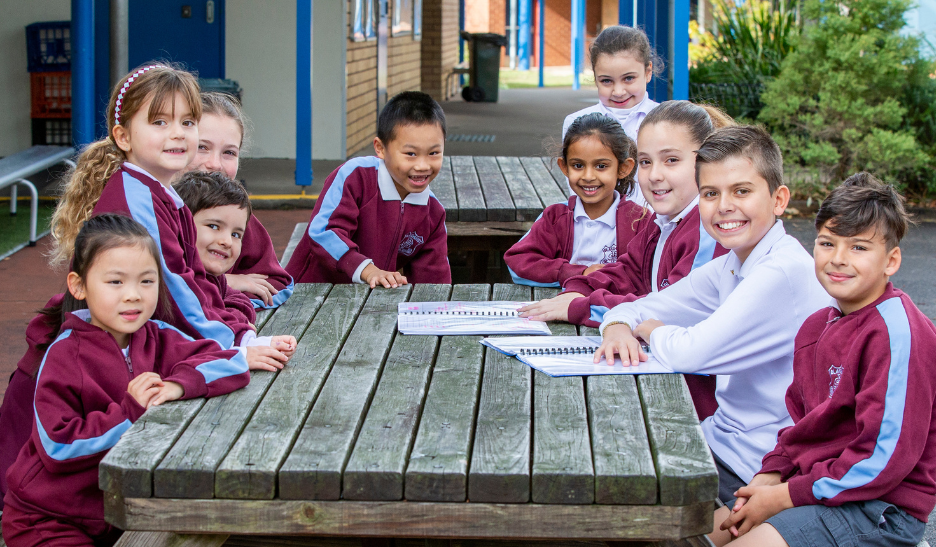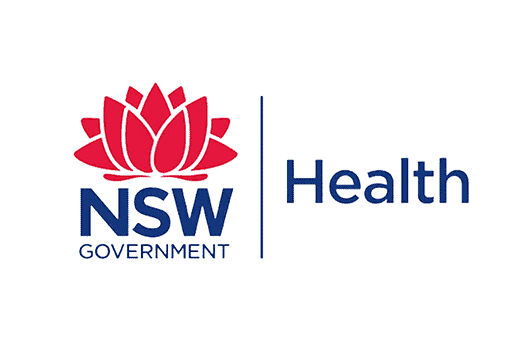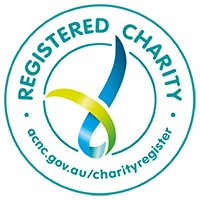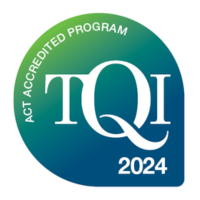Note this article was written in December 2022. For more up-to-date information, see our article: 5 commonly asked questions about the Student Wellbeing Boost funding. You may also like to join our 30-minute informational webinar at 3:30pm (AEST) on 29 August 2023. Email us to register.
The Student Wellbeing Boost means that every school in Australia will receive federal government funding to put towards student wellbeing.
In its most recent Budget announcement, the Australian Government said it “doesn’t want any Australian child held back because of the pandemic. When you’re struggling with stress or anxiety, you’re missing out on learning.”
The federal government announced $203.7 million in funding initiatives to help schools and students bounce back from the disruptions caused by COVID.
The announcement said: “The past two years have been hard for all Australians. But our kids have suffered a unique loss. They’ve been robbed of some of the simple joys of growing up – school camps, team sports, playground friendships and sleepovers.”
The government says its plan will help make sure “every kid can get back on track and benefit from a world class education.”
Here’s what we know about the Student Wellbeing Boost.
How much will schools get?
Schools will receive $20,000 on average. The exact amount is expected to vary depending on the school population and possibly other factors. It’s a one-off funding boost.
When will schools get their Student Wellbeing Boost?
We don’t know exactly when schools will receive their funding. We will update you as soon as the Australian Government makes an announcement.
How can you use the Student Wellbeing Boost?
The Student Wellbeing Boost can be used for student wellbeing and mental health initiatives, according to the Australian Government’s budget review. The aim of the boost is to address impacts on student wellbeing caused by disruptions to school due to COVID.
The announcement from Prime Minister Anthony Albanese’s office said: “Schools will get a big say in how they use the extra money to best help their kids, with funding able to be used for: Extra school mental health professionals like psychologists and school counsellors, camps, excursions, as well as sporting and social activities that improve kids’ wellbeing.”
Can the Student Wellbeing Boost be used for Peer Support?
We expect that the Student Wellbeing Boost can be used for Peer Support Australia’s programs and services, although the specific funding criteria has not been released.
Consider allocating part of your Student Wellbeing Boost funding to Peer Support Australia as part of your wellbeing strategy.
The benefits of the Peer Support Program include:
- Boosting student wellbeing across the whole school community.
- Building positive relationships across peer groups and cohorts.
- Leveraging an approach to mental health that is universal, preventative, and holistic.
- Empowering students to take personal responsibility.
- Equipping students with the skills and tools to manage life’s ups and downs and help prevent mental health difficulties.
- Embedding a culture of connectedness and accountability into your school.
The Peer Support Program is evidence-based, cost-effective, and has a long-term impact on the mental health of students and the school culture.
What other student wellbeing initiatives is the Australian Government funding?
The Australian Government also announced it will invest $10.5 million in a ‘new voluntary mental health check tool that schools will be able to use, with parents’ permission, to identify kids who are struggling and make sure they can get the help they need.’
The Budget also includes funds for consent and respectful relationships education, to address teacher shortages and to upgrade school infrastructure. You can read more on the Parliament of Australia website here.
There is also funding in the latest budget for Headspace, mental health support for flood-impacted communities in NSW, and regional mental telehealth services.
References and more information
- Funding for Schools and Student Wellbeing | Parliament of Australia
- Labor’s plan to help our school kids bounce back | Parliament of Australia
- What Labor’s First Budget Means For Mental Health | The Latch




